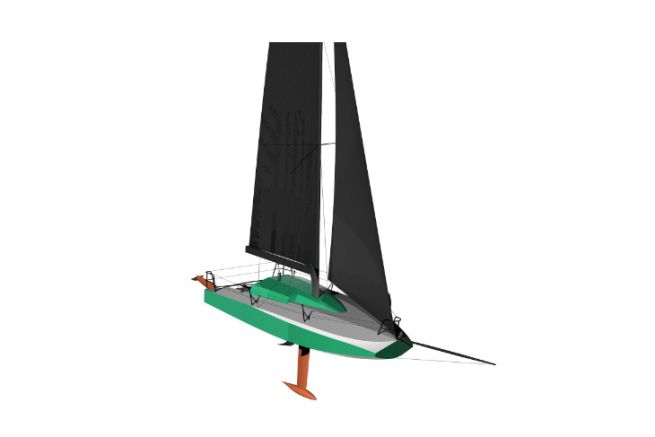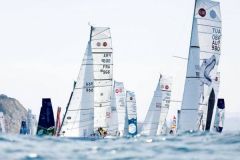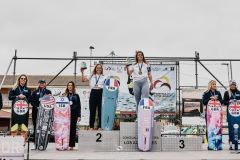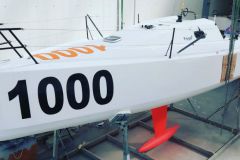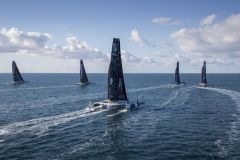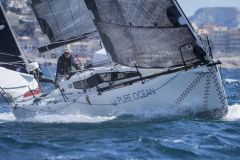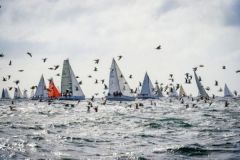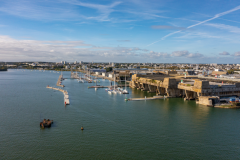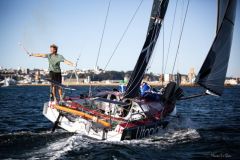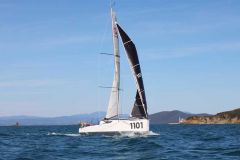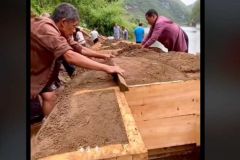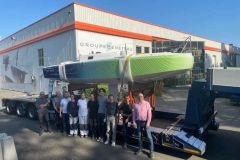A start in the construction of racing boats
Antoine Mainfray began his career in shipbuilding in the world of ocean racing. He worked on the Volvo 70 Groupama 4, Jean-Pierre Dick's IMOCA boat Saint-Michel Virbac and the penultimate IMOCA Hugo Boss ( Editor's note: Today 11th Hour Racing ), Ultimes, Class C and even the Hydroptère. Before launching his shipbuilding activity - in parallel with his job as a naval architect - in 2016.
"I realized the disastrous ecological impact of building recreational and racing boats, in terms of the materials used and the life cycle of the boats." he explains.
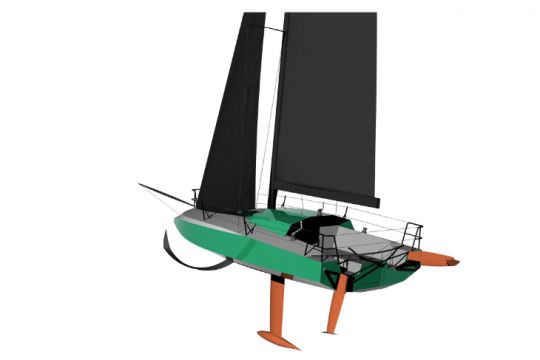
The first boat built with bamboo fiber
In June 2021, he will launch the Floki 6.50, a Mini 6.50 proto and the first boat completely made of bamboo sandwich. A material that he had already partially used on his first models of pleasure sailboats, the Aloès 18 and the Flow 19, built in epoxy CP and whose rudders and roof are in bamboo.
"I tested all the other alternatives to fiberglass and carbon fiber that currently exist: flax, hemp and basalt fiber. Flax and hemp are natural fibers that are quite interesting from an ecological point of view, but have mechanical characteristics that do not allow us to make high-performance boats, due to their high weight. They are relevant fibers for pleasure boats, but not suitable for racing boats. Basalt is not so ecological because it is a mineral heated at high temperature. It is not a recycled or recyclable material, any more than fiberglass says Antoine.
If bamboo is a little heavier than carbon fiber, "but acceptable on a boat dedicated to performance, it is a natural fiber that has sufficiently high mechanical characteristics in relation to its own density and in relation to a finished composite to be used in a relevant way on a Mini 6.50."
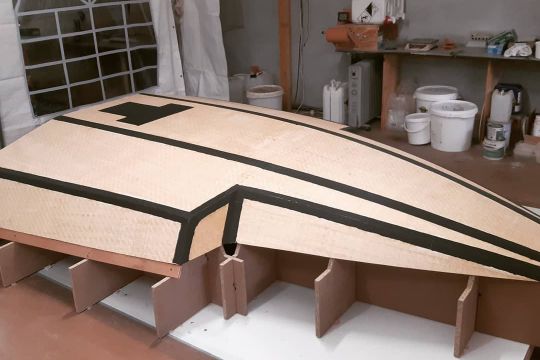
Biosourced resins, a recycled core
The boat currently under construction in La Rochelle will have a hull, deck and structures made from bamboo sandwich panels. The local reinforcements will be made of carbon.
For the resins, Antoine used the same ones as on these other boats, "contact lamination with biobased epoxy and biobased infusion resin."
The foam core of the sandwich is made of recycled PET and can be recycled at the end of the boat's life. "In the same way that biobased resin does, it's less of a drain on resources."
While the idea is not to create a "green" boat, the goal is nevertheless to have a "less dirty" boat
"The goal is to reduce raw material consumption throughout the construction phase, and generate less waste as well. Unused fabric scraps remain plant material."
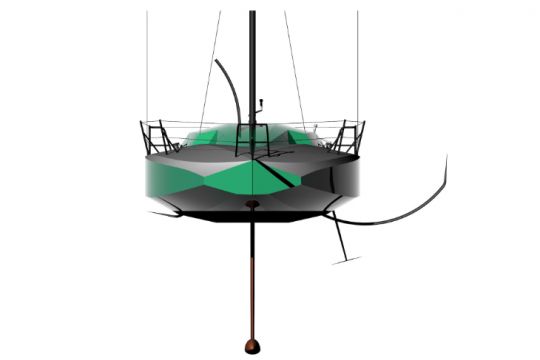
A first participation in the Mini Transat 2023
The Floki 6.50 is a scow with a lively chine, an expandable hull and a bow with a marotte, like on the Fireball or the Caravelles. This first model has attracted a first customer who will participate in the Mini Transat 2023 on board. Antoine is also looking for funding and partners to launch the construction of a second model and also to launch a Mini Transat project.
"Bamboo can be used to build larger boats. More like boats for fast boating or racing-cruising. It could be done in Class40, because the boats are made of fiberglass sandwich, but not in IMOCA."
It is also possible to buy the plans of the Floki 6.50 for amateur construction, but not in bamboo fiber, which requires special knowledge and know-how.
